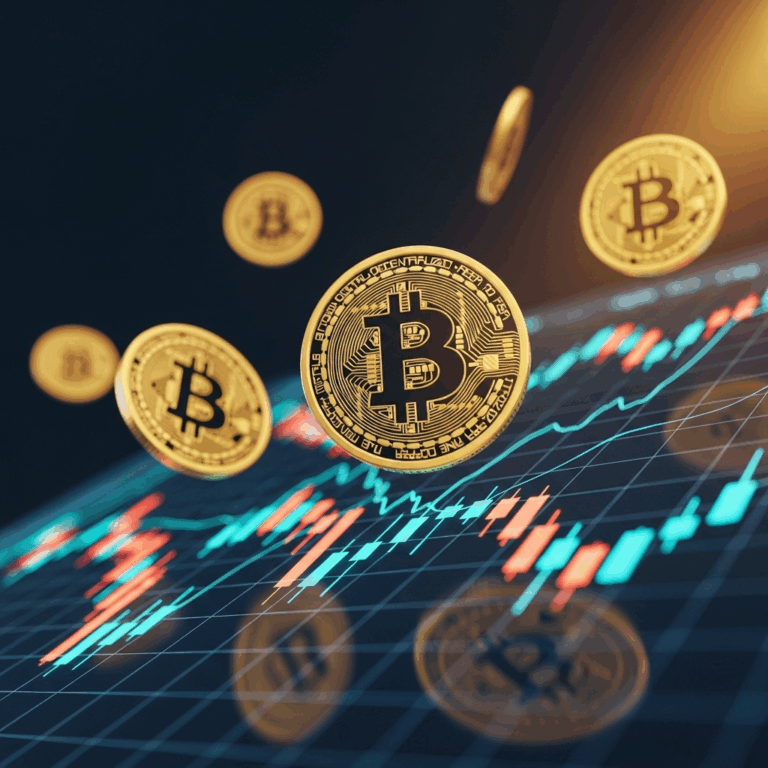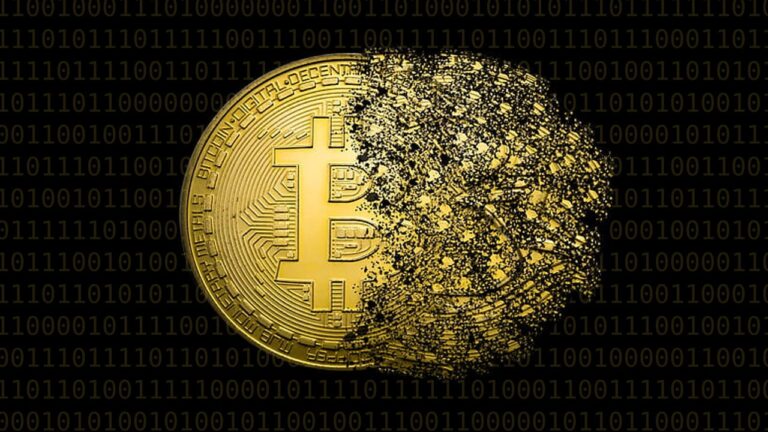
Ethereum and Solana blockchain comparison for 2025
🚀 Introduction
In the rapidly evolving world of blockchain, two giants are constantly compared: Ethereum and Solana. Both platforms offer smart contract capabilities, decentralized applications (dApps), and NFT ecosystems. However, their underlying technologies, scalability, transaction speeds, and adoption levels differ significantly.
In this blog, we will explore Ethereum vs Solana in 2025 – which blockchain holds the future in terms of technology, market adoption, security, and investment potential.
⚙️ Technology Comparison: Ethereum vs Solana
| Feature | Ethereum | Solana |
|---|---|---|
| Consensus Mechanism | Proof of Stake (ETH 2.0) | Proof of History + Proof of Stake |
| Programming Language | Solidity | Rust, C |
| Transaction Speed | 30 TPS | 65,000 TPS |
| Block Finality | 6 minutes | ~5 seconds |
| Smart Contracts | Advanced | Advanced |
| Ecosystem Size | Largest | Fast-growing |
⚡ Transaction Speed & Scalability
Solana clearly leads in raw transaction speed with over 65,000 TPS (Transactions Per Second). Ethereum, while much slower (~30 TPS), is expected to scale significantly through sharding and Layer 2 solutions like Optimism and Arbitrum by 2025.
However, Solana’s high speed comes at the cost of occasional network downtimes.
🛡️ Security Comparison
| Parameter | Ethereum | Solana |
|---|---|---|
| Network Uptime | 99.99% (Highly reliable) | Occasional outages |
| Decentralization | Highly decentralized | Less decentralized |
| Historical Security Breaches | Minimal | Multiple outages, not hacks |
Ethereum is considered more secure and reliable due to its massive node network and longer operational history.
🌍 Adoption & Ecosystem Growth
- Ethereum is the largest smart contract platform, with thousands of dApps, NFT marketplaces, DeFi protocols, and DAO projects.
- Solana is growing rapidly, attracting NFT projects and DeFi platforms but still lags behind Ethereum in total value locked (TVL).
Ethereum also benefits from institutional adoption and regulatory clarity in several regions.
💰 Investment Potential in 2025
| Metric | Ethereum | Solana |
|---|---|---|
| Market Capitalization | Highest | Lower, but growing |
| Institutional Interest | Strong | Moderate |
| Price Prediction 2025 | $6,000 – $10,000 | $200 – $500 |
| ETF Prospects | Approved/Expected | Less likely by 2025 |
⚖️ Ethereum vs Solana: Use Cases
| Use Case | Ethereum | Solana |
|---|---|---|
| DeFi | Leading ecosystem | Emerging ecosystem |
| NFTs | Dominates with OpenSea, Rarible | Solana NFT marketplaces gaining traction |
| GameFi | Strong, but congested | Growing fast, low fees |
| Institutional Apps | Supported | Limited adoption |
📊 Ethereum vs Solana 2025: Key Differences Table
| Aspect | Ethereum | Solana |
|---|---|---|
| Launch Year | 2015 | 2020 |
| Consensus Mechanism | Proof of Stake | Proof of History + Proof of Stake |
| Transactions Per Second (TPS) | ~30 TPS | Up to 65,000 TPS |
| Transaction Fees | High (but decreasing with L2) | Extremely low |
| Network Reliability | Extremely reliable, 99.99% uptime | Occasional outages |
| Decentralization | Highly decentralized | Less decentralized |
| Ecosystem Size | Largest (dApps, DeFi, NFTs) | Rapidly growing |
| Institutional Adoption | High | Growing |
| Price Potential 2025 | $6,000 – $10,000 | $200 – $500 |
| Risk Level | Low to Moderate | High |
| Regulatory Status | ETFs approved or pending | No major ETFs expected soon |
🔥 Pros and Cons of Ethereum
Pros
- Most secure blockchain
- Largest ecosystem
- Institutional acceptance
- Layer 2 scaling solutions
Cons
- Slower transactions
- Higher gas fees
- Scalability improvements still in progress
🚀 Pros and Cons of Solana
Pros
- Extremely fast transactions
- Low fees
- Developer-friendly (Rust language)
- Growing NFT ecosystem
Cons
- Network outages
- Less decentralized
- Regulatory uncertainty
📈 Ethereum vs Solana 2025: Who Will Lead?
Ethereum’s dominance is likely to continue through 2025, thanks to:
- Institutional backing
- Regulatory approval (e.g., ETFs)
- Layer 2 scaling adoption
However, Solana could emerge as a key competitor if it resolves network stability issues and scales adoption of its NFT and DeFi ecosystems.
❓ Frequently Asked Questions (FAQs)
- What is better, Ethereum or Solana in 2025?
Ethereum remains the safer and more established investment due to its larger ecosystem and institutional adoption, while Solana offers higher speed and lower fees but carries higher risk. - Is Solana faster than Ethereum?
Yes, Solana can process up to 65,000 transactions per second (TPS), significantly faster than Ethereum’s 30 TPS. - Why is Ethereum more secure than Solana?
Ethereum has a highly decentralized network and a long-standing operational history, making it more secure compared to Solana’s relatively centralized structure. - Which blockchain has lower transaction fees, Solana or Ethereum?
Solana offers extremely low transaction fees, whereas Ethereum fees remain high unless Layer 2 solutions are used. - Is Solana a good investment for 2025?
Solana can be a high-risk, high-reward investment due to its technological strengths but potential network stability issues. - Does Ethereum have more dApps than Solana?
Yes, Ethereum has the largest dApp ecosystem, including DeFi platforms and NFT marketplaces. - What are the risks of investing in Solana?
Solana faces risks such as network outages, less decentralization, and regulatory uncertainty. - How scalable is Ethereum in 2025?
Ethereum’s scalability is improving through Layer 2 solutions and the upcoming sharding implementation. - Is Solana more decentralized than Ethereum?
No, Ethereum is significantly more decentralized compared to Solana. - Will Solana overtake Ethereum by 2025?
While Solana shows rapid growth, overtaking Ethereum by 2025 seems unlikely due to Ethereum’s institutional edge and established ecosystem. - Why does Ethereum have higher gas fees?
Ethereum’s high demand and network congestion lead to higher gas fees, though scaling solutions aim to reduce this problem. - Is Solana reliable for NFT projects?
Solana is popular for NFT projects due to low fees and fast transactions, but occasional network outages can affect reliability. - What is Proof of History in Solana?
Proof of History is Solana’s innovative consensus method that enables higher speed by cryptographically proving the passage of time between transactions. - How does Ethereum 2.0 improve scalability?
Ethereum 2.0 introduces Proof of Stake and sharding to improve transaction throughput and reduce congestion. - Are Layer 2 solutions necessary for Ethereum?
Yes, Layer 2 solutions like Optimism and Arbitrum are essential to reduce gas fees and enhance scalability on Ethereum. - Can Solana support DeFi like Ethereum?
Yes, Solana supports DeFi protocols but still lags behind Ethereum in total value locked and ecosystem size. - What is the future of Ethereum ETFs?
Ethereum ETFs are either approved or in advanced regulatory discussions, potentially boosting ETH’s institutional appeal. - Is Solana suitable for GameFi apps?
Yes, Solana’s high-speed and low-cost transactions make it ideal for GameFi applications. - Does Solana face network outages often?
Solana has experienced multiple outages in past years, though developers are working on stability improvements. - Which blockchain is more suitable for institutional investors?
Ethereum, due to its regulatory clarity, security, and established infrastructure, is generally preferred by institutional investors.
🚀 Special Insight: Future Trends in Blockchain Beyond Ethereum and Solana
While Ethereum and Solana dominate the blockchain narrative in 2025, the industry is rapidly evolving. Emerging blockchains like Avalanche, Cardano, Polkadot, and Near Protocol are also innovating with scalability solutions and energy-efficient consensus mechanisms. Additionally, concepts like modular blockchains, cross-chain interoperability, and AI-powered smart contracts are shaping the future of Web3.
Investors and developers should monitor these trends closely, as the next blockchain leader might emerge from unexpected innovations in decentralization, scalability, or user experience.
Stay updated with the latest blockchain insights and trends at TechFinGuru.com 🚀




